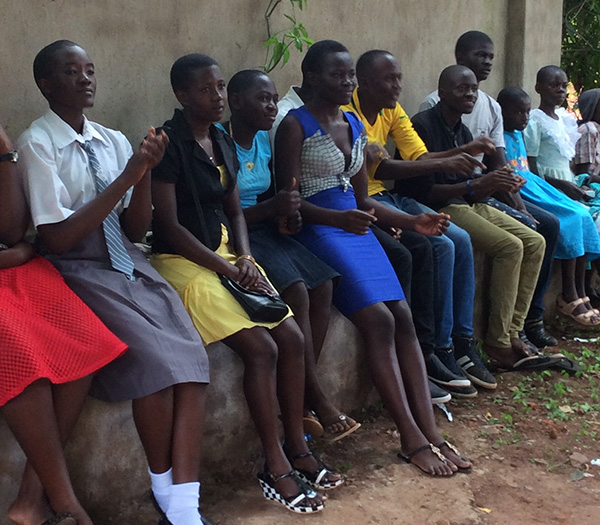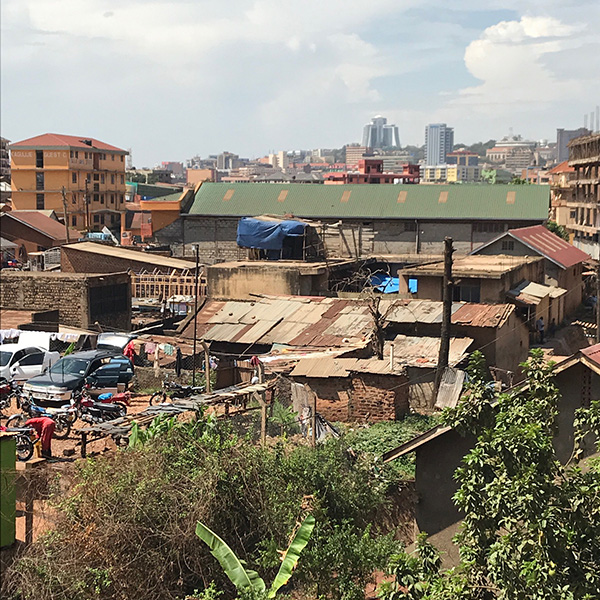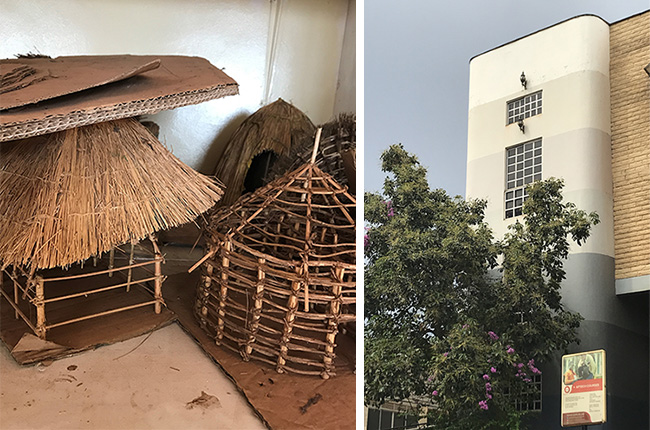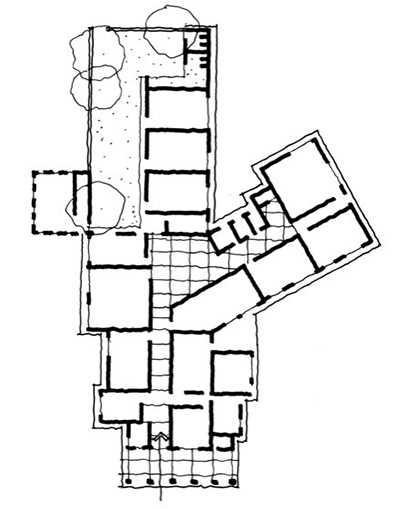Distance Learning and Helping Hands in the Age of COVID: An Update from East Africa
Marion Mbwali is one of the fifty-two kids for whom the 52 Kids Foundation is named, the Vermont-based non-profit that has been supporting Ugandan schoolchildren since 2005. We first introduced Marion in this blog post from January 15, 2020: a young woman who graduated from secondary school and has gone on to study architecture at the University of East Africa in Kampala. Now, at the tail end of this unprecedented year, Rolf Kielman shares an update on Marion’s journey, including a “virtual internship” this summer that allowed her to advance her education during the global pandemic.

Since the first time we met eight years ago, Marion Mbwali has expressed aspirations to be an architect. She was drawn to my sketchbook and would corner a page and draw all over it when I wasn’t looking. I carried a bag of pencils, ink pens and compact watercolor supplies, and she’d constantly badger me until she got the use of them.
TruexCullins is now a sponsor of Marion’s enrollment at the School of Architecture of the University of East Africa. It is one of the best things we do and it brings a smile to all of us when we talk about our support for Marion. When I return from Uganda, I’m renewed, and Marion’s school adventures are part of that renewal.
At school Marion has a laptop computer. She is at that stage in her education where the computer and software have become essential parts of how she works and designs. But the infrastructure necessary for computer support is unsteady. Trying to work and produce elegant architectural drawings amid constant power interruptions can be challenging.


This past summer, Marion was scheduled for an internship in neighboring Rwanda with Mass Design, an architecture firm based in Boston doing exceptional work across the African continent. But when COVID hit, Marion was restricted to her own small town of Kamuli. No possibilities of an internship existed there. She asked me if we could collaborate on a project together, anything to keep her moving forward and earn a little money. I agreed. We embarked on a “distanced” internship. Not six feet apart but 7000 miles.
Together with Mary Muroski, a Vermont educator, Marion and I began working on the planning and design of a community center. First came the programming of the facility. With Mary, we identified the essential program and support activities that the community center would provide: early childhood education; computer training; adult education for progressive agriculture techniques; training for advanced energy systems; food and nutritional activity; primary and preventative health care; and prenatal and maternal health. A long but vital scope of services. Next, we set about designing and making spaces that could provide and house these services.
Having developed a comprehensive program and selected a hypothetical site, (we have not yet actually purchased a plot of land for the center) Marion began her design work. I sat back and every week or so she would share her progress. Trying not to derail her self-developed direction, I let the work find its own center. Marion’s center.
Marion’s concept rested on the idea of generosity, on providing help to one’s neighbor, and assisting where there was need. The center began to take shape and its form, in very abstract terms, was the form of a human hand. The hand was a metaphor, she stated, for the provision of guidance and support that “her” building could provide to Kamuli children and adults. It was to be a building of generosity. I loved that idea and encouraged her to proceed and delve deeper into the details of how such a metaphor could become a useful structure for the long-term well-being of Kamuli.
She kept at it and by the end of her 3-month distanced internship with us she produced a more refined set of drawings that depicted her community center. While still the work of a beginning student, she substantially shaped the building plan into the hand metaphor while not sacrificing the utility of her proposed design.

Along with her one-story building plan, she also rendered the exterior of the building, complete with windows and roof forms. Many of the more institutional structures found in the more colonial lands of Africa echo back to the building traditions of the colonizers. Young architects from Uganda are still finding their own footing when it comes to built expression that reflects their lands and building traditions. Marion is on that path but has a way to go, and we will continue to prod her further in those explorations.
The 52 Kids Foundation continues to advance sustainable progress and enterprise in Kamuli, Uganda, empowering Ugandan children to live positively without aid. This work relies on individuals who have generously volunteered their time and money. To contribute, please visit www.52kids.org